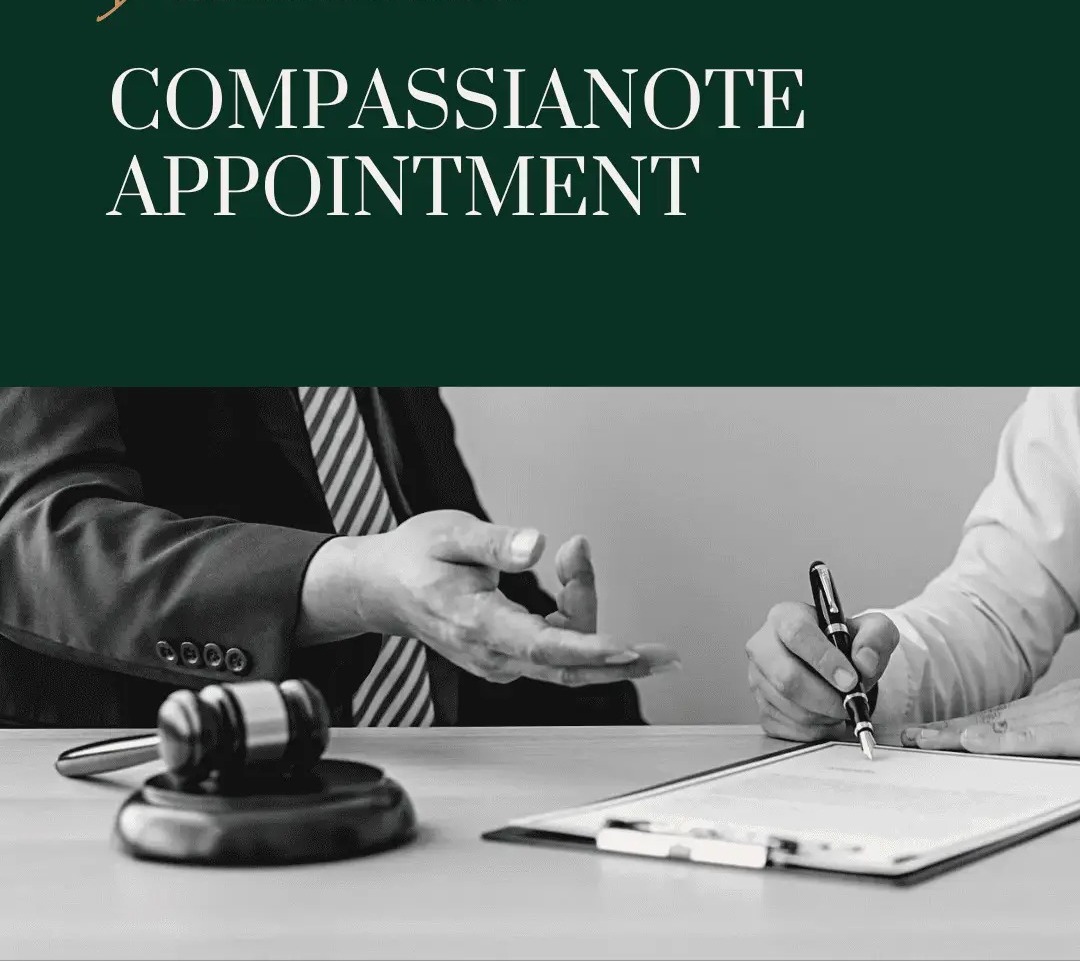Sudhindra Mohan Guha, J.@mdashThe point involved in this case is whether certain amount set apart for payment of gratuity to the retiring labourers would be a ''provision'' or ''reserve'' for the purpose of capital computation under the Second Schedule of the Super Profit Tax Act 1963. The reference in question arises from the assessment proceedings under the Super Profit Tax Act, 1963 for the assessment year 1963-64. The relevant previous year ended on 31st March, 1963. Under the aforesaid Act tax should be levied on the charge of its profits of the previous year in accordance with the rates set out in the Third Schedule to that Act. "Chargeable Profits" mean the total income of the assessee computed under the income tax Act, 1961 for any previous year and adjusted in accordance with the provisions of the First Schedule. The Super Profits Tax is levied only on the balance remaining after adjustment of the balance-sheet deduction against the chargeable profits.
2. The assessee is a company carrying on the business of building railway wagons. In the assessment year 1963-64 a sum of Rs. 19, 57, 258/- appeared as provision for labour retire in gratuity, as on 1st April, 1962, the relevant date and it continued in the balance-sheet as on 31st March, 1963 and 31st March, 1964 with some slight modification covering some actual payments made therefrom. The assessee claimed the said amount as a reserve before the assessing authority for inclusion in the capital computation. The Assessing Authority however, took the view that a ''reserve'' would consist of funds which were not incumbared and not assigned and specifically set apart for meeting as at the date of the balance-sheet. The Assessing Authority accordingly, opined the said amount was meant to be used for the specific contingency already foreseen though not quantified. So, the claim preferred by the assessee was disallowed.
3. There was an appeal before the Appellate Assistant Commissioner who also held that it was an amount set apart for disbursement against a known liability and that it was only a ''provision'' and not a ''reserve''.
4. The assessee preferred an appeal to the Tribunal. It was contended on behalf of the assessee that the payment to the employees was circumscribed by certain conditions and as the amount was not payable merely because a person retired, it could not have been taken as a mere provision. The contention of the appellant assessee was upheld by the Tribunal holding that the gratuity payable was circumscribed by conditions and that no person was absolutely or unconditionally entitled to it. In short, it was held by the Tribunal that the sum set apart was only a ''reserve'' and not a mere ''provision''.
5. On the aforesaid facts, the following question of law is referred for opinion :--
Whether, on the facts and in the circumstances of the case, the sum of Rs. 19,57,268/- shown by the assessee in its accounts as ''provision for labour retiring gratuity'' was a reserve so as to be eligible for inclusion in the capital computation under the Second Schedule to the Super Profit Tax Act, 1963.
6. The expression ''reserve'' has not been defined in the Super Profits Tax Act, 1963. But is is admitted case of both the parties that there is a clear cut distinction between a ''provision'' and a ''reserve''. If any amount is retained by way of providing for "any known liability of which the amount cannot be determined with substantial accuracy, the same will have to be regarded as ''provision'' and consequently if any amount is retained which is not designated by way of providing for any known liability the same could be regarded as ''reserve''. In elaborating the arguments in support of such distinction Mr. Pal, the learned Counsel for the revenue, refers to the decision of Supreme Court in
The distinction between a provision and a reserve is in commercial accountancy fairly well known. Provisions made against anticipated losses and contingencies are charges against profits and, therefore, to be taken into account against gross receipts in the profits and loss account and the Balance Sheet On the other hand, reserves are appropriations of profits, the assets by which they are represented being retained to form part of the capital employed in the business. Provisions are usually shown in the balance-sheet by way of deductions from the assets in respect of which they are made whereas general reserves and reserve funds are shown as part of the proprietor''s interest (see Spicer and Plegler''s Book-keeping and Accounts, 15th edition, page 42). An amount set aside out of profits and other surpluses, not designed to meet a liability, contingency, commitment or diminution in value of assets known to exist at the date of the balance-sheet is a reserve but an amount set aside out of profits and other surpluses to provide for any known liability of which the amount cannot be determined with substantial accuracy is a provision : (see William Pickles, Accountancy, Second edition, p. 192; Part III, clause 7, Schedule VI to the Companies Act, 1956, which defines provision and reserve).
7. Mr. Pal argues that in this case certain amount was set apart out of the profits and surpluses for payment of gratuity, a known liability the amount of which of course, could not be determined with substantial accuracy. He also relies upon the interpretation of the words ''reserves'' and ''provisions'' as had been denned by rule 7 in Part III of Schedule VI of the Companies Act 1956 as hereunder :--
Rule 7(1) (a) - The expression ''provision'' shall subject to sub-clause (2) of this clause mean any amount written of or retained by way of providing for depreciation, renewals or diminution in value of assets, or retained by way of providing for any known liability of which the amount cannot be determined with substantial accuracy;
(b) the expression ''reserve'' shall not, subject as aforesaid include any amount written of or retained by way of providing for depreciation, renewals or diminution in value of assets or retained by way of providing for any known liability.
8. It is contended that the amount set apart for gratuity was certainly a liability on the date of the balance-sheet. The company was under an obligation to make payment of gratuity to the retiring workers or deceased ones, according to the length of service. So the liability was known, though not the exact amount. Reliance is placed on a decision of the Division Bench of Andhra Pradesh High Court in
9. Next Dr. Pal distinguishes the facts in
10. In reply to the decision of Bombay High Court in
11. In order to find whether certain amount set apart was ''reserve'' or ''provision'', the true nature of the amount could be taken into account and not the mere description by the assessee. It is rightly pointed out in the case reported in Shree Ram Mills Ltd. v. Commissioner of income tax, Bombay City-1 27 at 40 that two things must co-exist before the amount can be treated as reserve namely, (a) that the amount must be separated from the general mass of profits and (b) that it should be apparent from the surrounding circumstances that it is in fact, a reserve and not an amount for distribution as dividend. Having regard to this principle there will be no justification to hold that the sum of Rs. 19,57,258/- set apart in this case was kept for distribution as dividend.
12. We like to point out in this connection that the Bombay High Court in the case 107 ITR 38 appears to have laid down the correct position in law. We are fully in agreement with the views and observations of their Lordships. Similarly point also arose in I. T. Ref. 371 of 1970 Commissioner of income tax and Super Profits Tax, West Bengal-1, Calcutta v. Burn & Co., Calcutta, which came up for hearing before us. My Lord Sabyasachi Mukharji, J. speaking for the Court also answered the point in favour of the assessee holding similar views.
So, in view of foregoing findings and reasonings we answer the question in the affirmative and in favour of the assessee.
Each party to pay and bear its own costs.
Sabyasachi Mukharji, J.
I agree.

